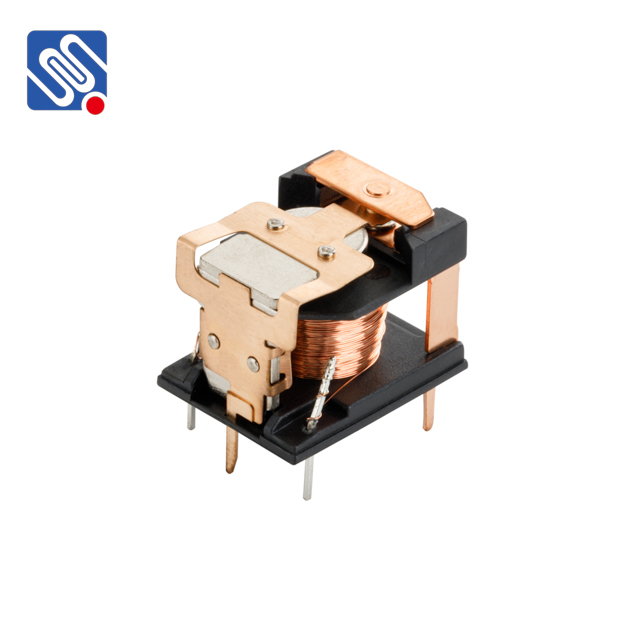Relays are essential components in electrical and electronic circuits, serving as switches that control the flow of electricity. They allow low-power signals to control high-power circuits, offering protection, automation, and efficiency in various applications. However, not all relays are the same. There are different types of relays, each designed for specific functions and environments. In this article, we will explore various relay types, their key differences, and the applications where each excels.

1. Electromechanical Relays (EMR) Electromechanical relays (EMRs) are the most common type of relays and have been in use for decades. They function by using an electromagnetic coil to open or close a set of contacts. When current flows through the coil, it generates a magnetic field that pulls the contacts together or pulls them apart, thereby controlling the circuit. Advantages: Simple design with reliable mechanical action. Can handle both AC and DC loads. Relatively low cost and easy to repair. Disadvantages: Mechanical wear and tear over time can lead to failure. Slower switching times compared to solid-state relays (SSRs).